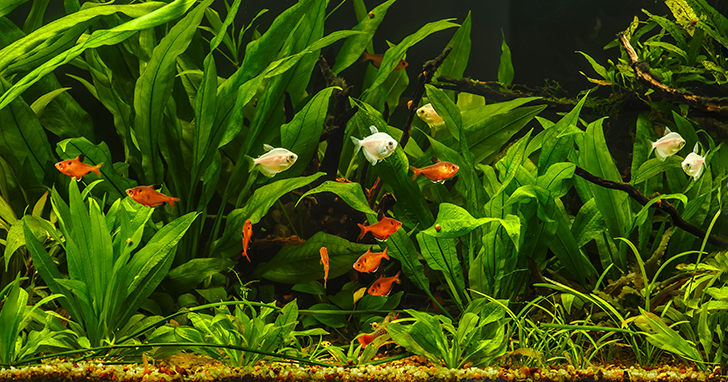There are many smart aquarium gadgets which you could use, whether you want to reduce maintenance or increase the stability of your tank.
The AWES System safeguards you from the effects of salinity changes and floods with its smartphone app as well as pc software and Liquid Level Sensors. The AWES system automates many additional aspects of aquariums.
Aquarium Technology
Technology is changing the way aquariums are designed and constructed. Aquarists can make sure their aquariums are in good condition by using the latest technology.
Monitors of water quality are among the most crucial technology for aquariums. These devices monitor vital water parameters like temperature, pH level as well as dissolved oxygen levels. They can even be alerted if they notice abnormalities in the water’s chemistry.
Another popular aquarium technology is LED lighting. These lighting systems provide energy efficiency and programmable features including moonlight and daylight setting. These lighting systems will improve your corals and fish’s health. They also use less electricity than the traditional metal-halide light. These systems are available in various colours to match your marine setup.

Automated Feeding Systems
They feed an automatic quantity of fish according to a set schedule. The feeders are specifically designed to be compatible with Aquaneering’s killifish tank (2.8 L) which they utilize. They use the two front holes of the lid for feeding.
Automated ho ca kieng feeding systems need to be used with constant observation to make sure that fish are following their schedules that they have programmed and that the system works correctly. If farmers who are not experienced chase their feeders they are likely to feed too much one day and then underfeed the following day.
Noncentralized feeders are in power-saving mode until their specified feeding time has been reached when they begin to rotate the feeding disc made of acrylic under the food hopper, between a green led and photoresistor array. They also rotate above the drop area to confirm that the 5 mg of food has been dropped (Figure 1-figure supplement 1A). The resistance of the photoresistor is measured with the onboard stepper motor, and it is reported as a confirmation of a food event.
Smart Monitoring Systems
Many aquariums require complex equipment to maintain. Aquarists are able to monitor and manage their devices using a smartphone. This helps cut down on the amount of time needed to test the water, observing lights as well as feeding fish.
There are two main varieties of smart aquariums which are controllers and monitors. The monitor tracks parameters like pH, temperature or turbidity. The controller, however, not only can track these parameters but can also control devices with the data.
A temperature controller is one illustration. It’ll automatically shut off the heater when water temperatures are too high. Some other examples are a programmable doser to dose Fertilizers trace Elements, Balling Salts and more on schedules and levels that you decide to set. Others monitor evaporation as well as tank levels and other items. Users are notified via smartphones or computers.
Aquariums that have Wi-Fi Controls
You must keep track of a number of aspects if you’re the manager or owner of a fish tank, saltwater aquarium, etc. The temperature of the water lighting intensity, water temperature, pump function, etc. are just a few aspects that have to be evaluated.
The use of an aquarium controller is the ideal way to automate all of this monitoring. A safety feature can be activated so that you can shut down your lighting if the temperature reaches dangerous temperatures.
Smart aquarium systems based on IoT is able to monitor all the above parameters and can be monitored from any location with a mobile application. It will reduce the human efforts in maintaining the health of your fish tank, and prevents unusual death of the fishes. The best aquarium controllers will allow you to instantly grow your aquarium by offering a variety of equipment and modules.
Automated Water Change Systems
A freshwater aquarium, or saltwater tank, needs regular water changes to maintain an appropriate temperature, salt, and replenish minerals. Replacement and siphoning the water from your aquarium can be automated with a systems for transferring water. This can save time and energy, as well as reduce the stress that aquatic animals experience.
The systems consist of electronic control and tubing that connects to both reservoirs and tanks and a pump that runs in a scheduled manner. This tubing connects to the control valve, which allows you to regulate the flow of water through your tank or reservoir.
It is the Neptune Apex DOS is an ideal choice for an automated aquarium water change system because it can be used as the Reef Controller and offers many additional options, including an aquarium water level sensor as well as a sump level water sensor, a float switch for the reservoir, and more!
